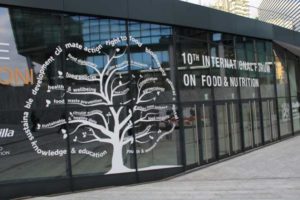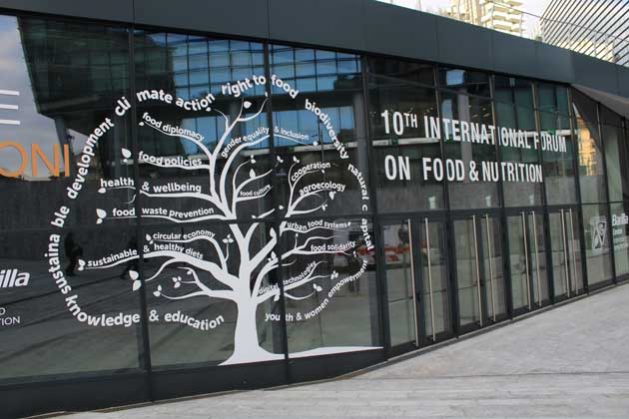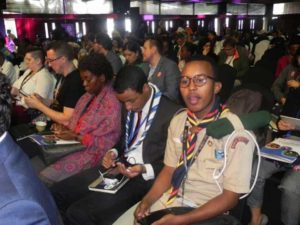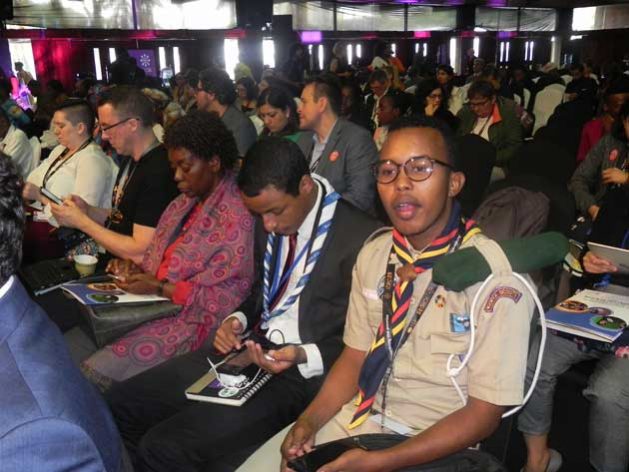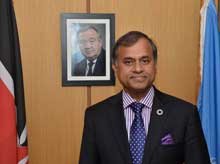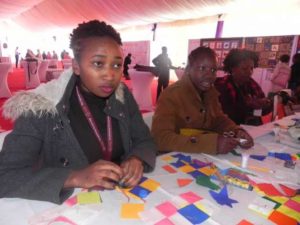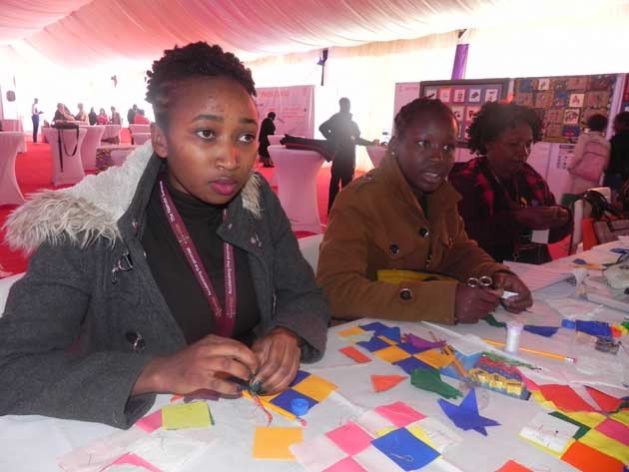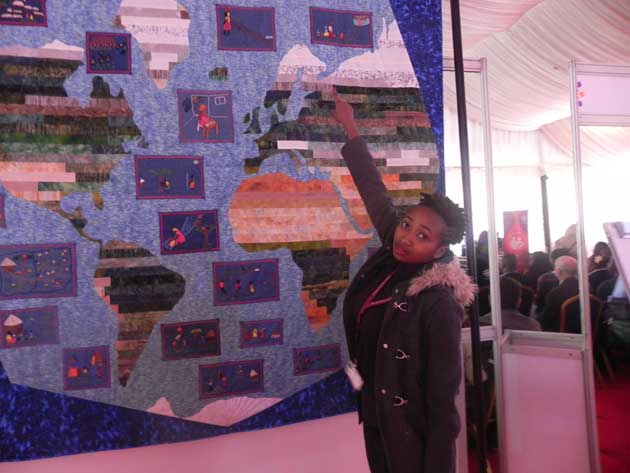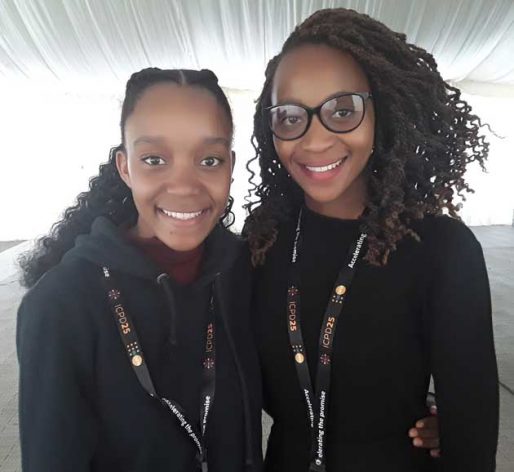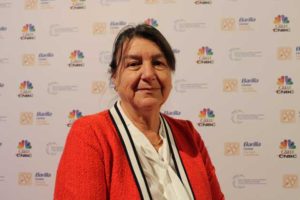
Africa, Conferences, Development & Aid, Economy & Trade, Environment, Featured, Food & Agriculture, Food Sustainability, Global, Headlines, Health, Multimedia, Poverty & SDGs, TerraViva United Nations, Trade & Investment, Video
– Global food systems are ripe for transformation if people are to be nourished and the planet sustainable, says Hilal Elver, Special Rapporteur of the Right to Food of the United Nations Human Rights Council.

Hilal Elver, Special Rapporteur of the Right to Food of the United Nations Human Rights Council speaking at the 10th International Forum on Food and Nutrition convened in Milan. Credit: Busani Bafana / IPS
Elver, told delegates at the 1oth International Forum on Food and Nutrition convened in Milan by the Barilla Centre, that the world needs food citizens who will act responsibly in promoting food equality and reducing food waste, which underlie global food and nutrition insecurity in the world today.
Food citizens are responsible for protecting the right to food through multi-actor actions including promoting a conducive environment that will secure food for all while promoting dialogue around food access, production and equitable distribution.
Citing the situation in Zimbabwe, Elver said the food crisis was a blot on the right to food that the world must respond to with urgency.
“The situation in Zimbabwe in mind boggling,” said Elver who has just returned from a mission to Zimbabwe to access the situation. “We need to know what is going as we talk about the need to diet, many in Zimbabwe eat once a day if they are lucky and food aid basically maize, just one meal a day. .. This is a very serious issue that we do not know it beyond the sustainable.”
Elver spoke with IPS on her mission to Zimbabwe. Excerpts of the interview:
IPS: You have just come back from Zimbabwe, what did you see?
Zimbabwe is an amazing country but if it facing a lot of challenges. It does not have basic public services and only four hours a day electricity and I understand that and government buildings, companies and some restaurants are using generators. But also you need fuel for the generators and for your car – if you have money to buy gas (fuel). The system is collapsing. People do not have time to work, because they either have to wait for gas for hours and hours and have to wait in front of the banks to get cash and 24 hours and transportation is very expensive. It is a vicious cycle and something should give in internally and externally because this has affected the food situation in the country too.
What has these challenges mean for the right to food?
That is a major problem. The root causes are a man-made journey to starvation. Every person in Zimbabwe has a responsibility to act. It did not come from drought. Yes drought is there. Other countries had a drought. Zambia had a drought, Mozambique had a drought and Cyclone Idai but Mozambique had huge aid from outside and Zimbabwe only got ten percent of it because of the sanctions.
What has been the impact of sanction on food security?
The intentional community should consider lifting the sanction because sanctions in the 20 years have had multiple impacts on the ordinary people’s lives. They talk about the targeted sanction but the sanctions are targeted by US, UK and EU, they are living perfectly fine and they do not travel a lot outside as they are high level government officials. It is okay for them but for the ordinary people it is not. They are suffering because all the international aid is blocked in one way or another. Investment is not coming. No one wants to invest in a country under sanctions.
Ask the IMF or World Bank why they cannot give the money to them. All the money they try to help Zimbabwe with goes to the NGOs and international organisations. If you are given $100 million, the people on the ground only get 20 percent of it. This is bad and this must change.
Is lifting sanctions everything to get Zimbabwe out of its challenges?
That is an important question. The government should make some democratic reforms, the freedom of speech, and freedom of association and give the opportunities to the people because the people are peaceful. The first thing is that the government should sit together with the opposition and all parties in a democratic manner and to think about how they can help their people together.
Land reform has been done in the last 20 years gradually here and there and there has been some kind of complaints as to why white farmers need compensation and black farmers are dysfunctional, these are myths going round. Black farmers are dysfunctional because they did not get any help from the government. You need first of all credit and you need technical help and you need seed and the government is in a terrible shape to give all these things. Of course there is disfunctionality but they cannot access resources there is land but they cannot do anything with it. If people find one square metres of land they just produce on it. The main problem is this corn based reliance. People are so obsessed with sadza, who brought maize to Zimbabwe? We should think about that.
Are you saying food diversification is a solution to the food problem?
Of course. The traditional food in Africa is very much good for the environmental conditions. Traditional small grains do to need too much water like maize and they should go back to this.
[embedded content]

